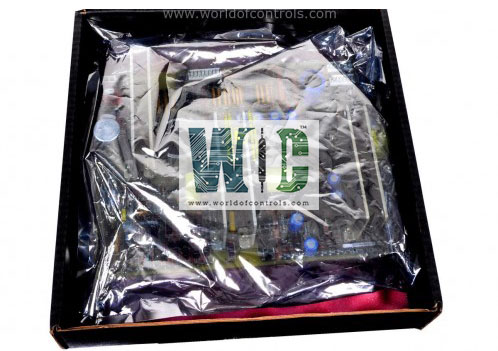
World Of Controls understands the criticality of your requirement and works towards reducing the lead time as much as possible.
IS200VRTDHID - RTD Processor Board is available in stock which ships the same day.
IS200VRTDHID - RTD Processor Board comes in UNUSED as well as REBUILT condition.
To avail our best deals for IS200VRTDHID - RTD Processor Board, contact us and we will get back to you within 24 hours.
Part No.: IS200VRTDHID
Manufacturer: General Electric
Country of Manufacture: United States of America (USA)
Temperature: 0 to 60 °C
Number of channels: 16
Technology: Surface-mount
Product Type: RTD Processor Board
Availability: In Stock
Series: Mark VI
IS200VRTDHID is an RTD Processor Board developed by GE. It is a part of the Mark VI control system. The Resistance Temperature Device (RTD) Input (VRTD) board is designed to accurately measure temperature using RTD sensors. Here's how it operates: The board accepts 16 three-wire RTD inputs, providing ample capacity for temperature monitoring in industrial applications. These inputs are connected to an RTD terminal board (such as TRTD or DRTD) via cables with molded fittings.
The WOC team is always available to help you with your Mark VI requirements. For more information, please contact WOC.
What is IS200VRTDHID?
It is an RTD Processor Board developed by GE under the Mark VI series.
How does the VRTD board supply excitation current to RTDs?
The board provides a 10 mA DC multiplexed excitation current to each RTD through the terminal board.
What type of A/D converter does the board use?
The board utilizes a Voltage Controlled Oscillator (VCO) type Analog-to-Digital (A/D) converter.
How often are RTD signals sampled by the RTD board?
In normal mode scanning, signals are sampled four times per second, while in fast mode scanning, the sampling frequency is increased to 25 times per second.
What types of RTD linearization does the VRTD board support?
The board supports linearization for 15 different RTD types, ensuring accurate temperature measurement across various applications.
How does the VRTD board detect faults in inputs?
Faults such as open and short circuits in inputs are detected by monitoring for out-of-range values.
What happens if an RTD is determined to be outside hardware limits?
If found to be outside hardware limits, it is automatically removed from the scanned inputs to prevent adverse effects on other channels.